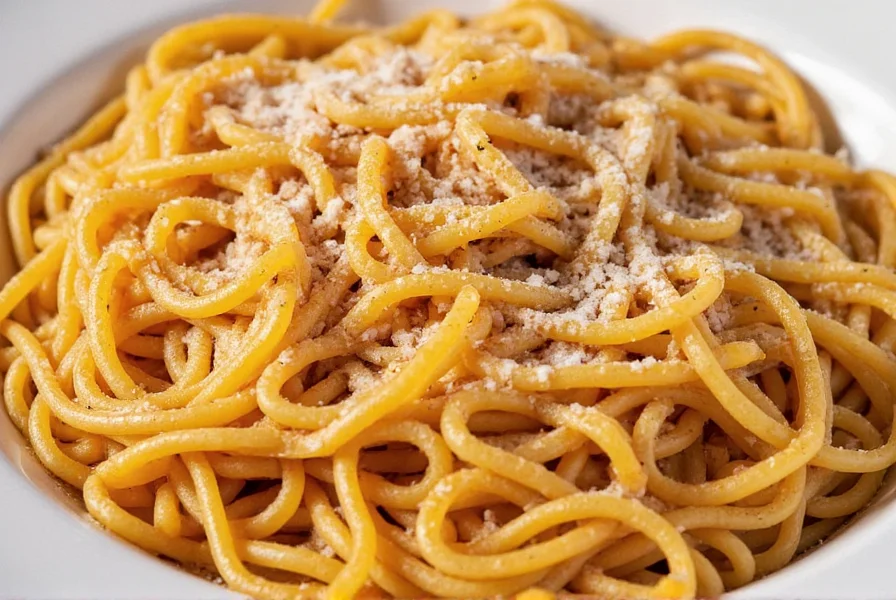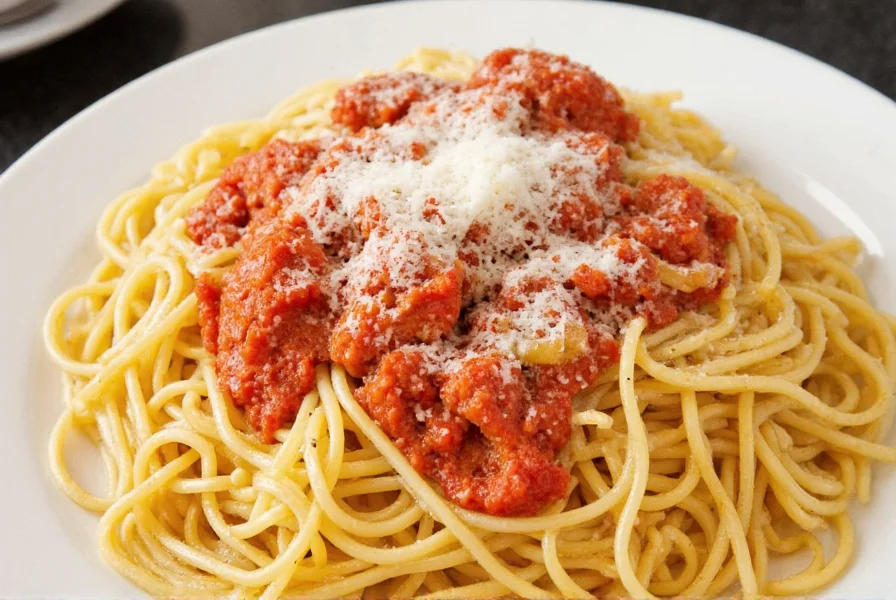Spice Up Your Spaghetti: The Ultimate Guide to Italian Seasoning Magic!
Welcome, spice lovers and pasta enthusiasts! If you've ever wondered why restaurant-quality spaghetti sauces taste so much better than your homemade versions, the secret might just lie in that tiny jar of Italian seasoning. Whether you're a home cook or a culinary pro, this guide will walk you through everything you need to know about using Italian seasoning for spaghetti sauce — from flavor profiles to product picks.
Table of Contents
- What Is Italian Seasoning?
- Why Italian Seasoning Matters for Spaghetti Sauce
- The Key Ingredients Behind the Flavor
- How to Use Italian Seasoning Like a Pro
- Homemade vs. Store-Bought: Which One Should You Choose?
- Top 5 Italian Seasonings for Spaghetti Sauce
- Buying Guide: What to Look for When Choosing Italian Seasoning
- Tasty Spaghetti Recipes to Try with Italian Seasoning
- Final Thoughts
What Is Italian Seasoning?
Contrary to what some may think, Italian seasoning isn't a single herb but a carefully curated blend of dried herbs commonly used in Italian cuisine. This mix typically includes oregano, basil, thyme, rosemary, marjoram, and sometimes even savory or parsley flakes.

While regional variations exist, the standard American version tends to be more balanced and less aggressive than its European counterparts. It’s designed to mimic the earthy, aromatic flavors of Southern Italy — especially when it comes to tomato-based dishes like spaghetti sauce.
Why Italian Seasoning Matters for Spaghetti Sauce
Let’s be real: spaghetti sauce is only as good as the spices you put into it. Italian seasoning acts as the backbone of flavor, binding together the acidity of tomatoes, richness of olive oil, and saltiness of cheese into one harmonious bite.
Without the right balance of herbs, your sauce can feel flat, bland, or overly acidic. Adding Italian seasoning not only enhances depth but also gives your dish that “restaurant finish” we all crave.
The Key Ingredients Behind the Flavor
Let’s break down the typical components of Italian seasoning and how each contributes to your spaghetti sauce:
| Herb | Flavor Profile | Role in Spaghetti Sauce |
|---|---|---|
| Oregano | Earthy, slightly bitter, peppery | Adds warmth and balances sweetness |
| Basil | Sweet, floral, slightly minty | Lifts the aroma and adds brightness |
| Thyme | Woody, subtle lemon notes | Enhances umami and complexity |
| Marjoram | Milder than oregano, sweet-spicy | Softens other stronger flavors |
| Rosemary | Pine-like, bold, resinous | Adds intensity (use sparingly) |
How to Use Italian Seasoning Like a Pro
Using Italian seasoning effectively is more art than science. Here are a few pro tips to elevate your spaghetti game:
- Add early: Herbs infuse best when added early in the cooking process, allowing time for flavors to meld.
- Blooming in oil: For extra flavor, toast the seasoning briefly in olive oil before adding liquid ingredients.
- Fresh vs. dried: Dried herbs are generally better for long-simmered sauces; fresh herbs (like basil) are great for garnishing.
- Taste as you go: Adjust quantities based on personal preference and recipe type.

Homemade vs. Store-Bought: Which One Should You Choose?
You have two main options when it comes to Italian seasoning: making your own or buying it off the shelf. Let’s compare the pros and cons:
| Homemade | Store-Bought | |
|---|---|---|
| Pros | Fully customizable, fresher, often cheaper per batch | Convenient, consistent quality, pre-blended for ease |
| Cons | Requires ingredient prep, storage space, blending tools | May contain fillers, limited flexibility in ratios |
| Best For | Home chefs who enjoy experimenting | Busy cooks and beginners |
Top 5 Italian Seasonings for Spaghetti Sauce
If you’re short on time or simply prefer convenience, here are five highly-rated Italian seasoning blends perfect for your spaghetti sauce:
| Product | Features | Use Case | Target Audience |
|---|---|---|---|
| McCormick Italian Seasoning | Classic, well-balanced blend | Daily cooking, family meals | General consumers |
| Simply Organic Italian Seasoning | Organic, non-GMO certified | Health-conscious cooks | Vegans, organic foodies |
| Berin Mills Italian Herb Blend | Hand-blended, gourmet-grade | Special occasion dishes | Chefs and foodies |
| La Flor Italiano Mix | Authentic Mexican-style Italian blend | Mexican-inspired pasta dishes | Latinx households, fusion cuisine lovers |
| Anthony’s Italian Seasoning | Keto-friendly, no additives | Low-carb diets, health-focused recipes | Keto followers, fitness enthusiasts |
Buying Guide: What to Look for When Choosing Italian Seasoning
Not all Italian seasonings are created equal! Here’s a quick checklist to help you make an informed decision:
- Ingredients list: Avoid fillers like cellulose or anti-caking agents. Pure herbs = pure flavor.
- Brand reputation: Stick to trusted names or read reviews before trying new ones.
- Packaging: Airtight containers preserve freshness longer.
- Price point: More expensive doesn’t always mean better — look for value for money.
- Intended use: Are you using it daily or for special occasions? Choose accordingly.
Tasty Spaghetti Recipes to Try with Italian Seasoning
Ready to put your newfound knowledge to work? Here are three easy yet delicious spaghetti recipes featuring Italian seasoning:
- Classic Tomato Basil Spaghetti: Simmer crushed tomatoes with garlic, olive oil, and a generous sprinkle of Italian seasoning. Toss with al dente pasta and top with fresh basil and Parmesan.
- Spicy Italian Sausage Pasta: Brown sausage, remove fat, then simmer with diced tomatoes, red pepper flakes, and Italian seasoning. Serve over spaghetti and garnish with chopped parsley.
- Vegetarian Mediterranean Spaghetti: Sauté zucchini, cherry tomatoes, olives, garlic, and capers. Add marinara sauce, a pinch of Italian seasoning, and toss with whole wheat pasta.
Final Thoughts
Whether you’re stirring up a quick weeknight dinner or hosting a cozy Sunday feast, a little Italian seasoning goes a long way. It’s the unsung hero of any great spaghetti sauce — bringing life, depth, and authenticity to every bite.
So next time you reach for that jar of herbs, take a moment to appreciate the magic inside. And don’t forget to experiment — your perfect spaghetti sauce is just a sprinkle away!










 浙公网安备
33010002000092号
浙公网安备
33010002000092号 浙B2-20120091-4
浙B2-20120091-4